What Determines the Price And Value of Diamonds?

An engaged couple shopping for rings.
Diamonds are some of the most expensive things in the world. But why is this so? Is it because they are really rare or are they some kind of special material that makes them worth so much?
In this write up, we will find out what determines the value of diamonds and how the different pricing mechanisms can affect the final cost of your diamond engagement ring.
Diamonds Have a Different Pricing Structure Compared to Other Products
When it comes to everyday products we buy, simple equations can usually be applied to the pricing structure of how much they cost. All you have to do is add up the cost of raw materials, cost of processing, the labor fees of workers, rental and etc…
After all the costs are added up, you can multiply the resulting amount by a profit percentage to get the final retail price. Depending on the type of product sold, this markup can vary from brand to brand and the complexity of the distributing system.
I know this might sound a little complicated but believe me, it is very simple once you understand the basic economic principles behind it.
On the other hand, diamond prices work differently. The system is the total opposite of the usual pricing mechanism used by other products. While it seems very simple at a first glimpse, you have to realize that it is mind-blowingly complicated on a deeper look.
What Determines the Value And Prices of Rough Diamonds?
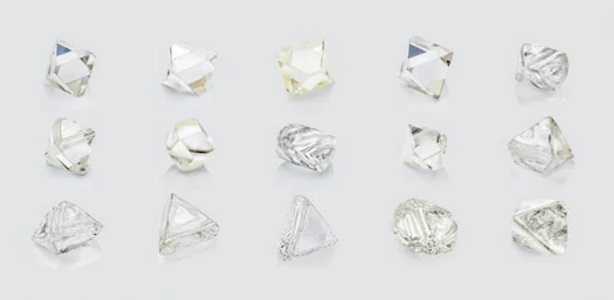
The market prices of uncut, rough diamonds can totally be separated from the market of polished gemstones. First of all, the preparation and production (sic!) of diamonds actually exceed the need that society has. Basically, this means supply is greater than demand (the fact is, diamonds aren’t rare).
In a free market, you would expect prices to fall when supply is high. But when it comes to diamonds, the world’s supply is controlled by only a few producers. Cartels like De Beers keep prices stable by controlling the flow of rough stones available in the market at any point in time.
These cartels also control the mining, processing and marketing of rough stones. After the rough diamonds had been mined, they are compiled into parcels that are presented to select companies – the sight holders – at events called sights.
In the present day, a multi-channel rough diamond market consists of De Beers and producers from countries like Russia, Australia and Canada. Although De Beers no longer controls the rough diamond supply completely, they still wield a massive influence on the prices of rough diamonds.
De Beers organizes ten sights every year and the prices of rough diamonds are set by them. At these events, sight holders are offered different compilations of roughs to work with and each parcel can easily range between one and twenty-five million dollars in value.
Being a Sight Holder Is No Mean Feat
Did you know that the position of a De Beers sight holder is very delicate and hard to acquire? Due to the nature of doing business with De Beers, they rarely decline any compilation of roughs offered to them.
If a sight holder rejects a parcel of rough diamonds offered by De Beers, they would have a high risk of losing their position as a sightholder. Because of this, most sight holders will never reject a parcel even if it isn’t profitable.
Cartels like De Beers are exquisite. It is hard to form a relationship with them and they have the biggest say when it comes to determining the price of rough, uncut diamonds.
The Rapaport Diamond Report For Polished Diamond Prices

What affects the value of polished diamonds and how much they are worth?
When it comes to polished diamonds, a whole new range of factors enter the pricing equation. Fundamentally speaking, diamonds are commodities that are similar to gold and oil. However, the prices of polished stones are the result of a decision rather than of calculation.
This decision is made by Belgian industry broker Martin Rapaport and his team, and the results reflect current market conditions and are published in their weekly Rapaport Diamond Report.
The actual values presented in the report is only available to subscribers who pay an annual fee (one-time fees also possible) for the information. In the report, the main factors that determine the value of a polished diamond are the “four C’s” of diamonds: cut, carat, clarity and color.
The Rapaport Report classifies diamonds weighing between 0.01 to 5.99 carats and displays a price for any combination of the four main characteristics. Here, I want to point out that the Rap price is a “high” price that traders use as a reference for transactions. In reality, nobody pays the high prices listed in the Rap report.
Leaving the hands of the wholesalers, the prices of the individual stones are increased as the diamond passes through different hands in the distribution channels until they reach the shelves of your jeweler.
Alternatives to the Rapaport Diamond Pricing System
IDEX is a company who is a direct competitor to Rapaport. They also offer a B2B platform where businesses can buy and sell diamonds online. The distinction between IDEX and Rapaport is that IDEX discloses the methodology they use to determine prices to the public.
While not as widely accepted by jewelers, they are slowly gaining traction because of their transparency in the industry.
Bottomline For Consumers Shopping For Engagement Rings
As you can see, the way that diamond prices are calculated and determined is quite complex. Even if you fully understood the mechanism of how prices work, there’s nothing much an individual can do to change how things work.
As a consumer, the cost of a diamond would directly affect what you can buy with your budget. At the end of the day, what matters most is whether you are paying a fair price or overpaying for your diamond ring. I’ve actually written an extensive article on this topic here.
From experience, you can expect to pay an unnecessary price premium when shopping in traditional brick and mortar stores. Besides higher prices, the selection of diamonds is typically mediocre in quality. This means you are not only paying more but also getting inferior products in most cases!
If you want to get better prices AND better quality diamond selections, you are far better off buying your engagement ring online where you can customize the ring exactly to your needs. This is on top of risk-free sales policies and better transparency offered by online vendors compared to traditional jewelry stores.
Beautiful and affordable diamond engagement rings from White Flash.

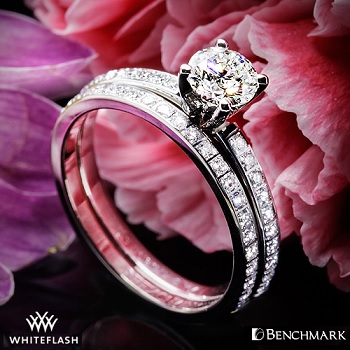
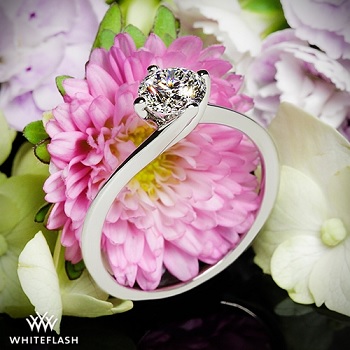

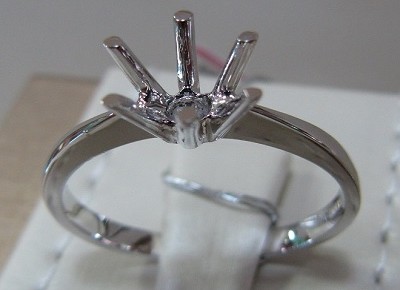
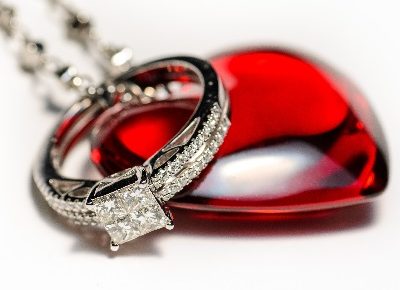
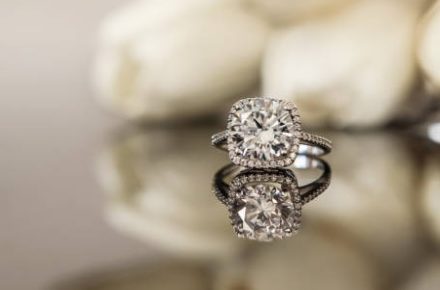









Leave A Comment